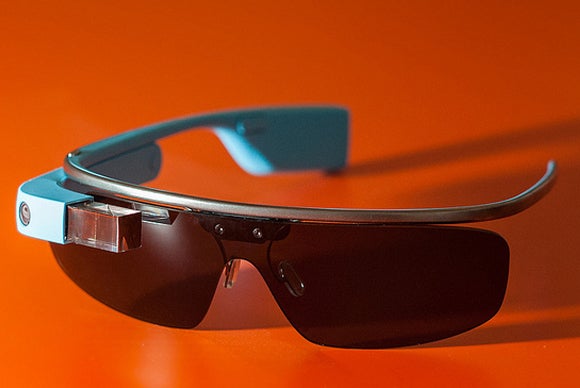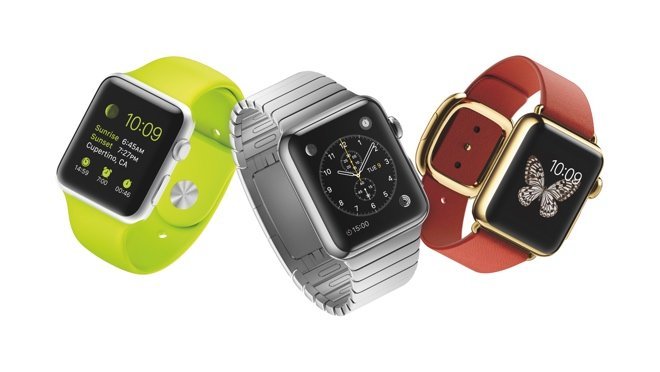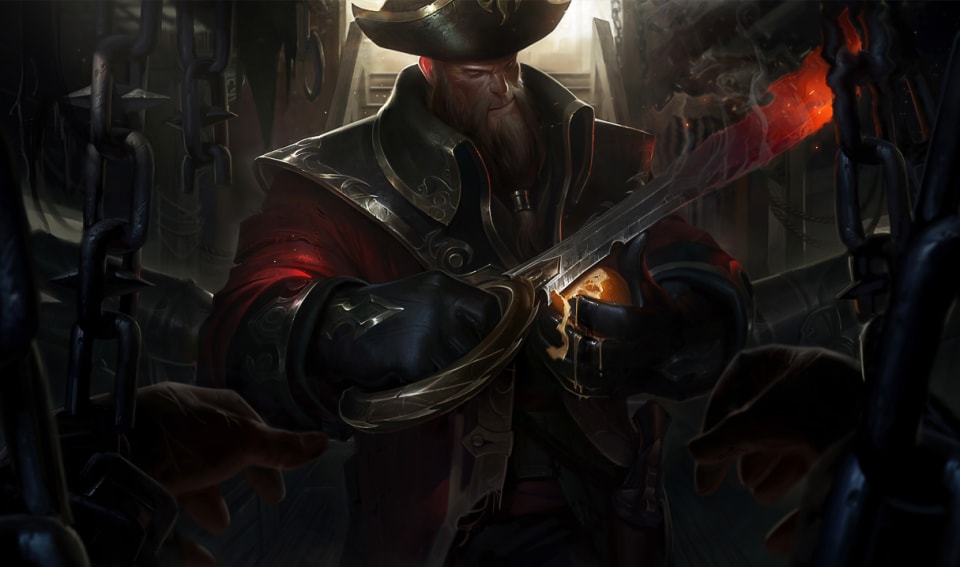
Should Apple be concerned that a number of popular app makers like Facebook, Google and Snapchat have yet to embrace its Apple Watch platform with apps of their own? That’s a question raised by
a recent New York Times piece detailing how many developers are taking a “wait-and-see” approach when it comes to Apple’s new wearable.
But maybe the right question to ask is not, where are the apps, but rather, do we even need them?
Personally, I can’t imagine wanting to browse or interact with Facebook from my Apple Watch – especially when I have a good-sized screen nearby thanks to my iPhone, which provides a much better experience. I’m not interested in getting Facebook alerts on the Apple Watch, either. There’s no urgency in knowing that someone tagged me in a post, or added me as a friend, or shared a photo.
I don’t need a Facebook app. In fact, I don’t need many Apple Watch apps at all.
In the past week, I’ve only visited the Apple Watch’s “apps” screen one time – and that was to look up something in a text message thread from a few hours before. Beyond that, the only way I tend to interact with apps on the Apple Watch is through notifications and, on occasion, Glances (those widget-like displays you can swipe up to see).
But after a few months of wearing this thing almost daily, even Glances don’t get regular attention. At best, I may check out the Activity Glance after a run, view the weather, or use Apple Maps. I’m less inclined to read the top headlines or Twitter trends via Glances. And if Facebook had an app or Glance, I probably wouldn’t use that either.
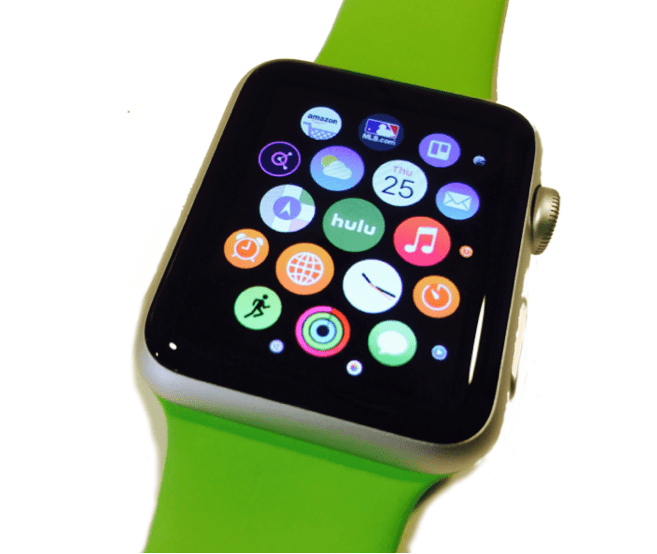
It’s possible that the Apple Watch simply isn’t going to be a significant “app” platform in the traditional sense. That’s not to say there aren’t apps available – according to
App Annie, there are now 7,567 Apple Watch apps live in the iTunes App Store.
But the Apple Watch has arrived at a time when users are already overburdened with mobile applications on their smartphones. Though consumers are spending 85 percent of their time on their phones using apps, only five third-party apps see regular use,
a recent study found. People have chosen their favorites, and don’t have room in their lives for much more.
Meanwhile, the mobile app ecosystem itself continues to grow. The top app stores now have
close to a million-and-a-half apps apiece, which has made it more difficult for newcomers to find an audience, much less hold their attention over the long run.
And with new apps still arriving at break-neck speeds, that has led to a market where many of the recent app launches actually seem more like one-hit wonders that boom, then fizzle, then bust as the initial attraction wears off. (See for example,
the recent demise of Frontback, the once-promising selfie app backed by nearly $4 million in venture funding. Or, is anyone really playing Flappy Bird anymore? And aren’t we done with Foursquare by now?)
In other words, a third mobile app ecosystem beyond the phone and tablet isn’t in high demand. What users need today are not Watch apps, but actionable pieces of information.
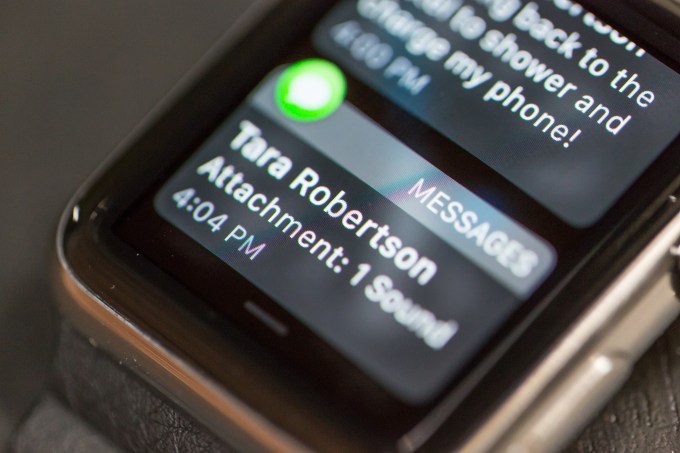
The best Apple Watch apps today deliver on that promise by way of notifications. They are contextually aware of your surroundings or your activities, and then provide you with relevant information. Or they let you know of the most urgent things – an incoming call, a text. Your Uber is arriving. It’s about to rain. Your flight is delayed. Your boss just pinged you on Slack. They’re like Apple’s own, app-infused version of Google Now.
The best apps aren’t lean-back experiences, either, where you tap around a tiny interface and browse through content. They are not places where you go when you’re bored to waste time.
Instead of being rich counterparts to their big-screen cousins, the “apps” you end up really using on Apple Watch are a subset of the Notification spam you receive today on your iPhone. Because so many app makers now have to rely on push notifications to re-engage users (and tinkering around in your phone’s settings to disable these for each app becomes cumbersome), many iPhone owners have developed something of “notification blindness” to their iPhone’s incoming alerts.
Sure, your phone may have buzzed, but did it really mean anything? However, when set up correctly with only the apps you care about, a buzz on the Apple Watch matters.
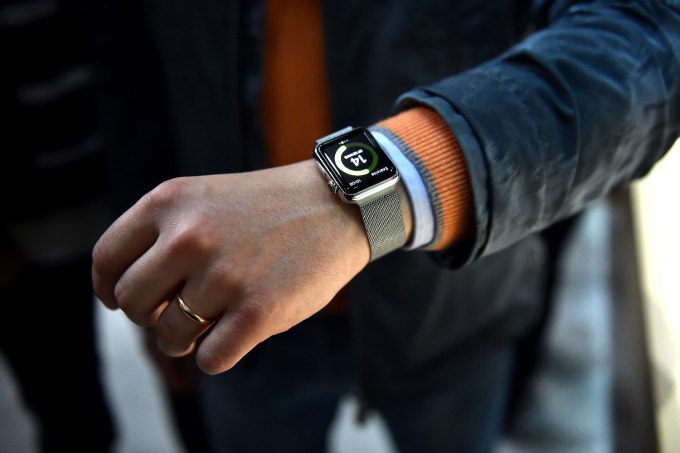
To some extent, users’ disinterest in using Apple Watch apps could be because they are painfully slow to load in that rare moment you actually try to use them. But even if they launched snappily, I don’t think that would significantly change user behavior or interest.
Apple said that it will make native Watch apps possible in watchOS 2, and this will make the apps more powerful and
therefore more capable, eliminating some of these concerns. This may move the bar forward to a degree, but only by a bit. I’m not sure there will ever be more than a core group of apps that a user will want outside of the default apps – especially considering most people barely use half a dozen regularly on their iPhones.
And even when the watchOS 2 apps arrive, it’s not likely users will often visit the Watch’s app screen to launch them – instead, they’ll interact with the incoming notifications when there’s actionable information.
None of this means that Apple Watch isn’t a compelling platform, or that the watches themselves won’t sell. (
They are.) It’s still an attractive and useful piece of hardware, and easily fits into your daily life.
Still, the bigger question is whether everyone will want one. For now, that answer is no.
The Apple Watch today remains a curiosity: Friends and family, checkout clerks and strangers have asked me for my thoughts when spotting it on my wrist. Do you like it? Should I get one?,they want to know. But unlike with the iPhone, I can’t heartily answer “YES!”
The Apple Watch is not world-changing. It doesn’t have a must-have app or use case. It’s a nice accessory for your digital lifestyle and is certainly a convenience. It’s pretty to look at. It’s a great watch and a handy health monitor and activity tracker. I like that I can keep my phone in my purse. I like tapping a button to reply “OK” and “Yes” to incoming texts. I’ve even Dick Tracy’d a phone call or two on the thing.
But it doesn’t need a Facebook app.
I’m not missing Snapchat for Apple Watch.
I’m not counting the days until any one of my favorite iPhone applications makes its Apple Watch version. (At this point, anyway, they’d be doing it just to say they did.)
So maybe there never will be an Apple Watch app for everything. But maybe there doesn’t need to be.

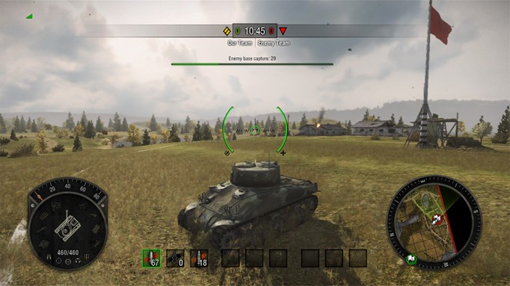




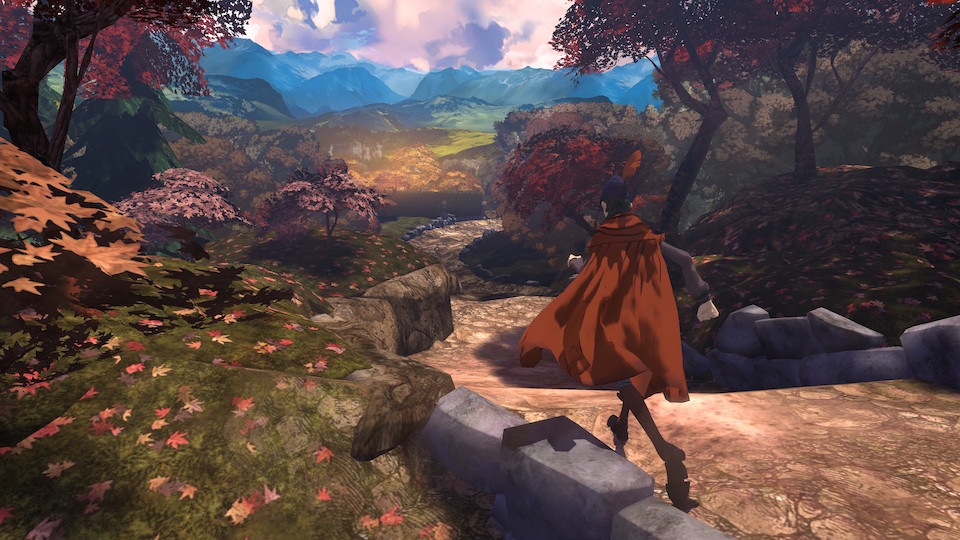 In case
In case 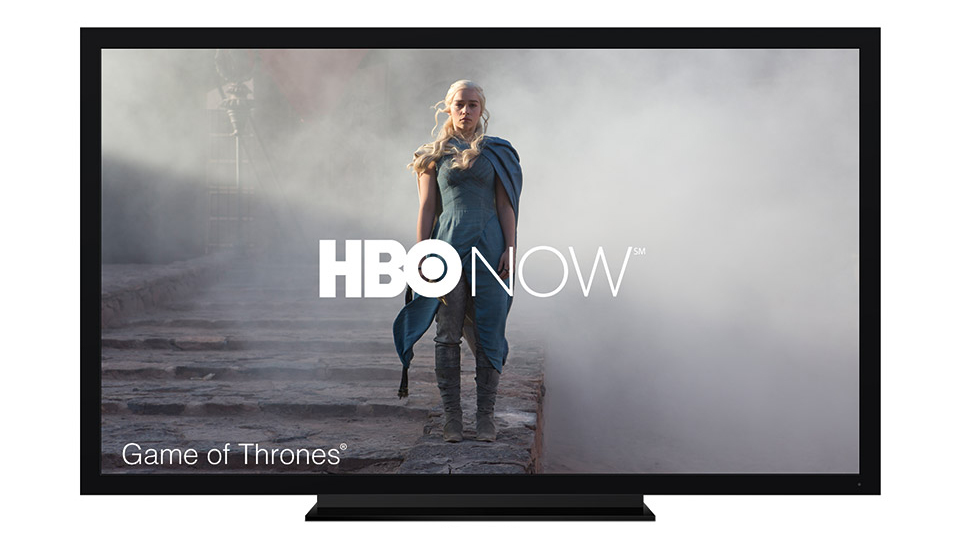
 Free-to-play games are big business outside of America and
Free-to-play games are big business outside of America and 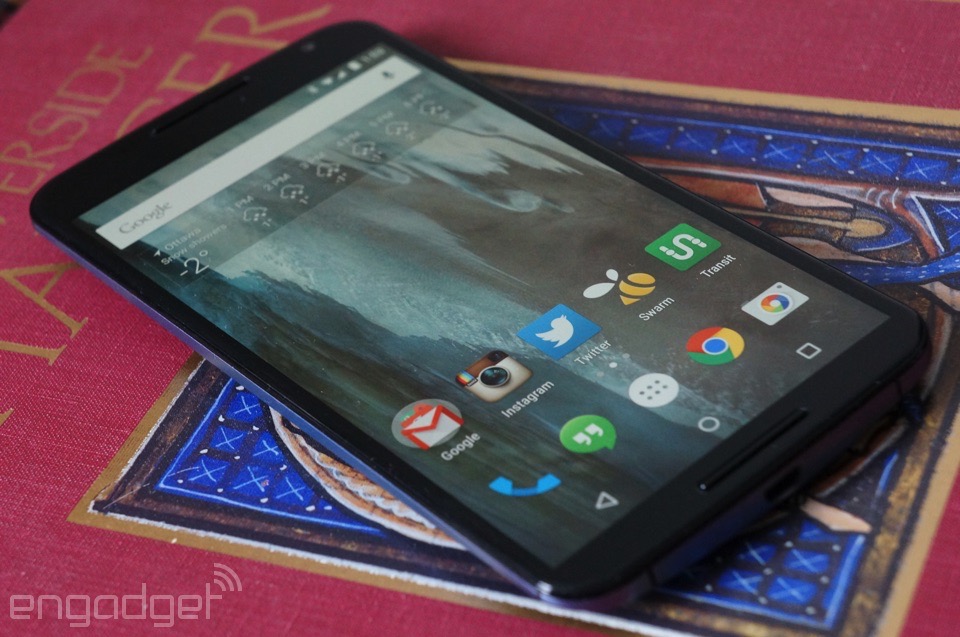
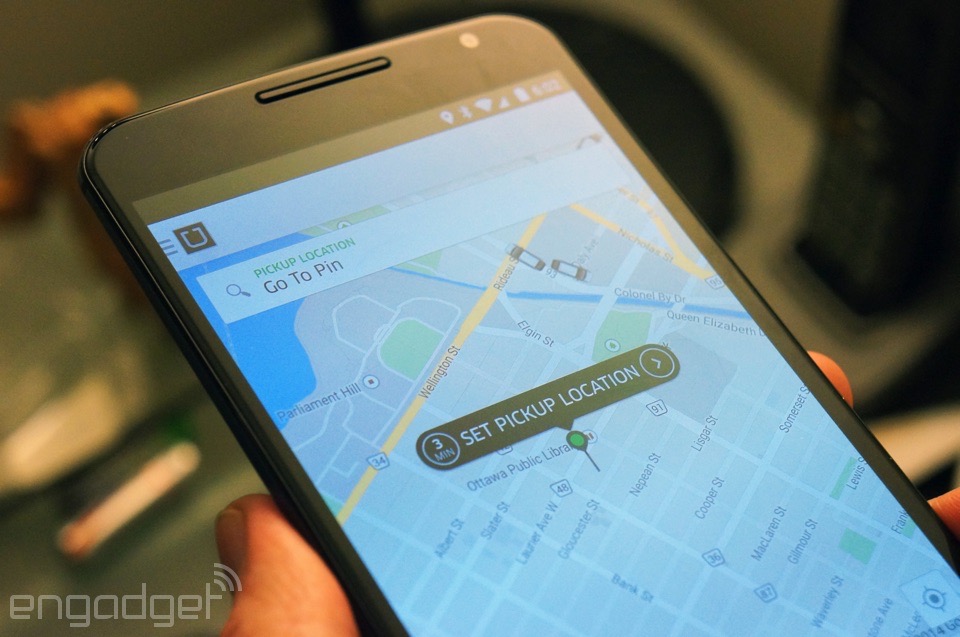
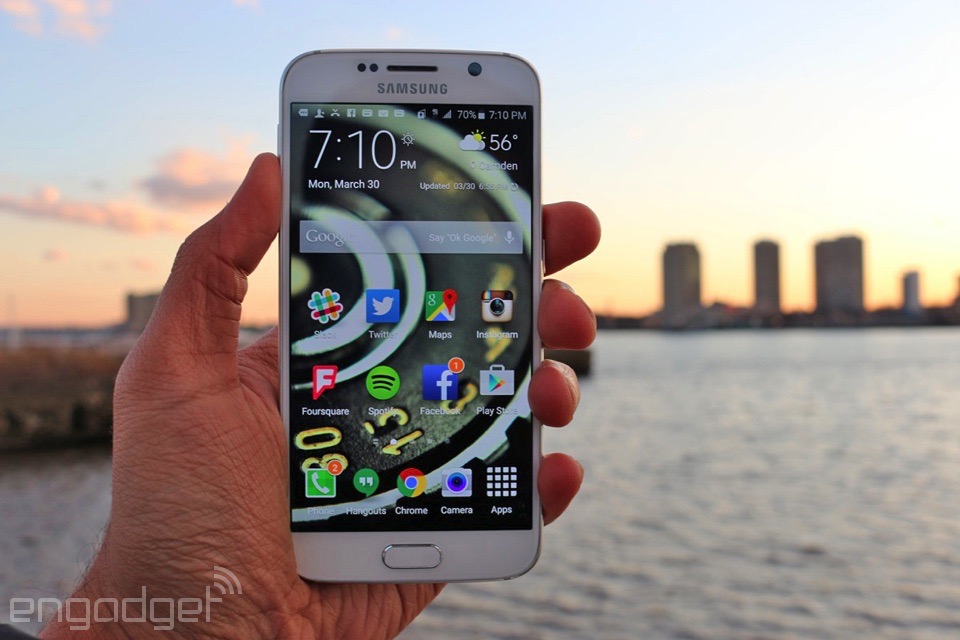

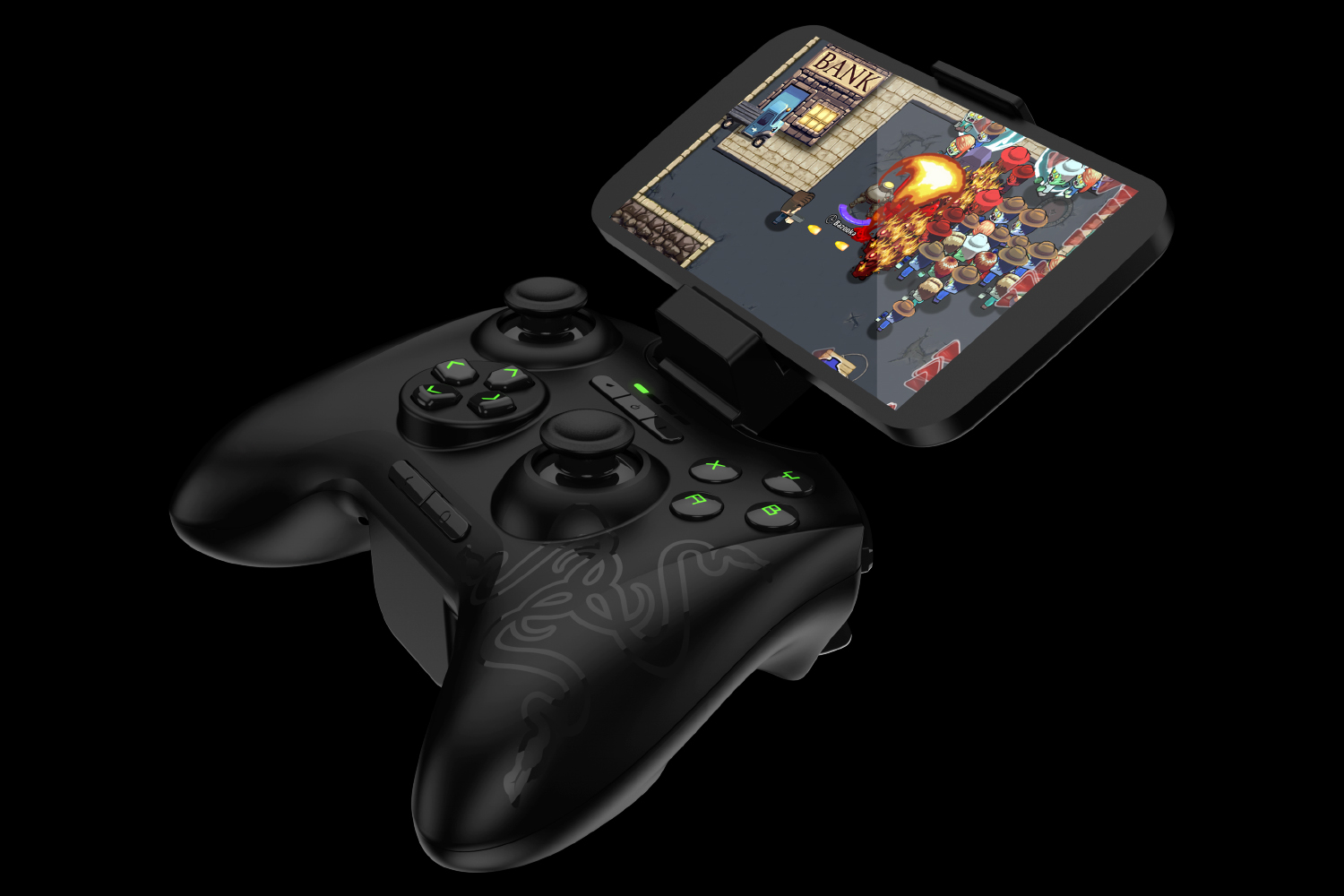


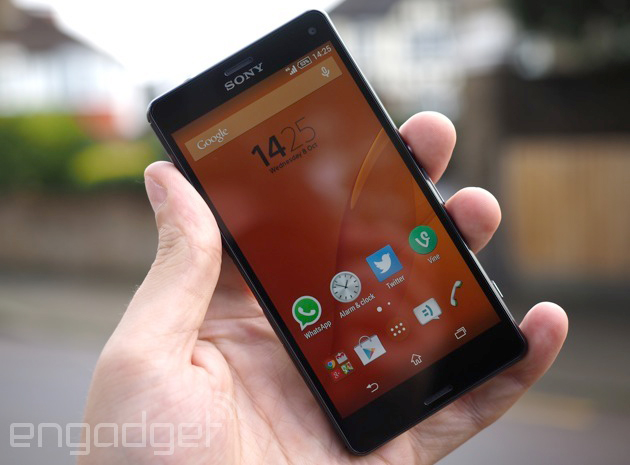


 There's nothing about pies in The Talos Principle. We're probably just hungry. Either way, today we jump into
There's nothing about pies in The Talos Principle. We're probably just hungry. Either way, today we jump into  What's the next step after fully funding your game in 40 minutes on Kickstarter? If you're the team behind
What's the next step after fully funding your game in 40 minutes on Kickstarter? If you're the team behind 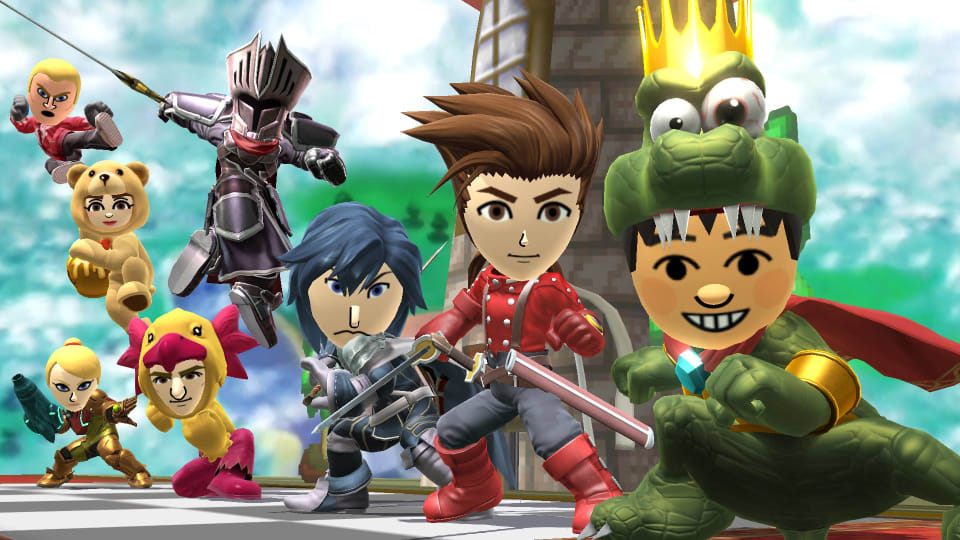

 A screenshot from Valve's eSports documentary, Free to Play
A screenshot from Valve's eSports documentary, Free to Play
